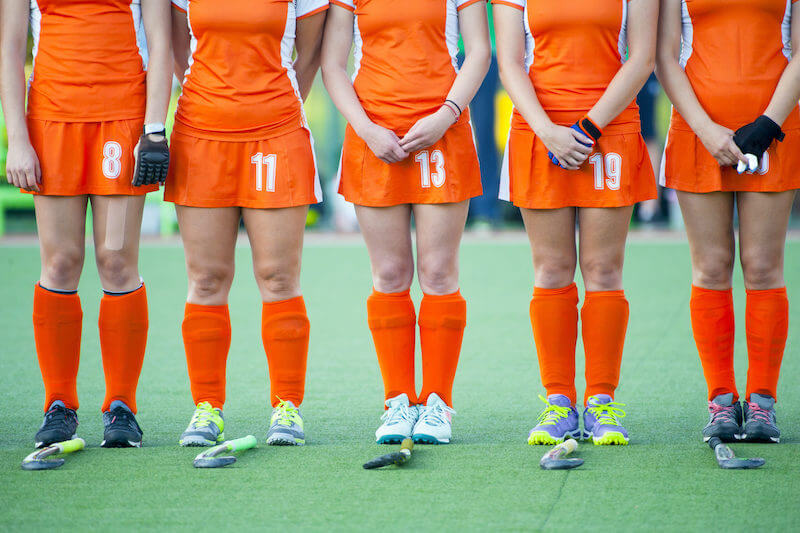Incidence of RED-S amongst athletes
Athletes competing in sports that are aesthetically judged, body-weight dependent, and weight classed, are considered at high risk of developing relative energy deficiency (RED-S). However, research shows RED-S is still a concern for athletes in any sport, and can occur at any competitive level.
Students’ heart health
Students who spend more time at school with longer recess breaks have higher cardiorespiratory fitness than students who have shorter school days, according to new research. This finding suggests that schools are important settings for the development of long-term fitness and heart health, and that recess is a critical part of the school day!
P.R.A.I.S.E.
P.R.A.I.S.E. is a tool to help teachers remember the key ingredients for making physical education experiences meaningful and motivational for high school students. The acronym stands for perceived competence, relatedness, autonomy, individuality, social support and enjoyment. Teachers can use these constructs to help increase students’ motivation to participate in physical activity.
Fighting bone density decline
Bone mineral density naturally declines as adults age, especially among women. To combat age-related decline and reduce fracture risk, research shows that weight training, combined cardio and weight training, and exercise regimens that use machines to transfer vibrations to the human body can promote increased bone density in older women.
Sleep hygiene
Are you getting enough sleep? The Canadian 24-Hour Movement Guidelines recommend that adults get at least 7 hours of sleep per night. Practicing good sleep hygiene, such as participating in regular exercise, and maintaining a regular bedtime and waketime, can help you get a good night’s sleep.
How biological sex and gender affect concussion risk and management

Highlights Concussion recovery depends on many factors, including biological factors (for example, anatomy) and gender-based factors (for example, societal norms in sport). Research shows that female athletes have a higher risk of concussion than male athletes, male and female athletes experience concussions in different ways, and female athletes may take longer than male athletes to…
Slower together
If you walk with your spouse or partner for exercise, you might want to speed up. Or tell them to. A new study that examined the walking times and gait speeds of 72 couples showed that couples often decreased their speed when walking together. To maximize health benefits, experts encourage couples to walk together at…
Active transportation
Walking or biking to school is an easy way for kids to get active, but active transportation to school has been declining as car use becomes more prevalent. A recent Canadian study found that strategies to get more kids walking or biking to school, such as the presence of crossing guards or cycling infrastructure, are…
Moms on the move
For new moms, physical activity and social support have the potential to positively impact mental and physical health. In fact, new research shows that group exercise programs for postpartum moms may offer unique opportunities to (re)engage with exercise while navigating new childrearing responsibilities and changes to the body. If you gave birth less than 12…
School-day exercise
Students in their final years of high school often experience stress, academic pressure, and decreased levels of physical activity. Research shows that brief high-intensity exercise during the school-day, for as little as eight minutes, improves memory, fitness, and stress levels for teens.